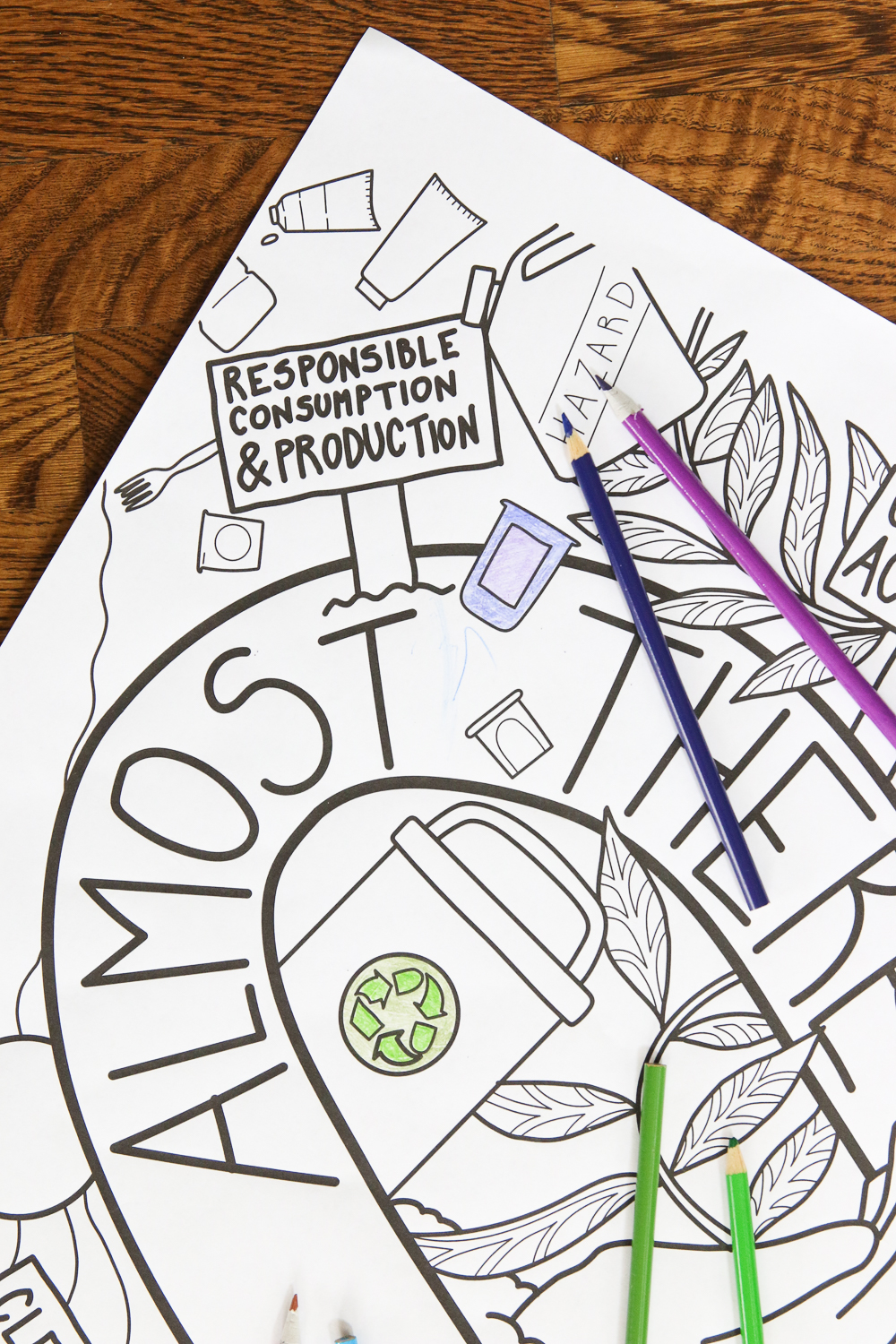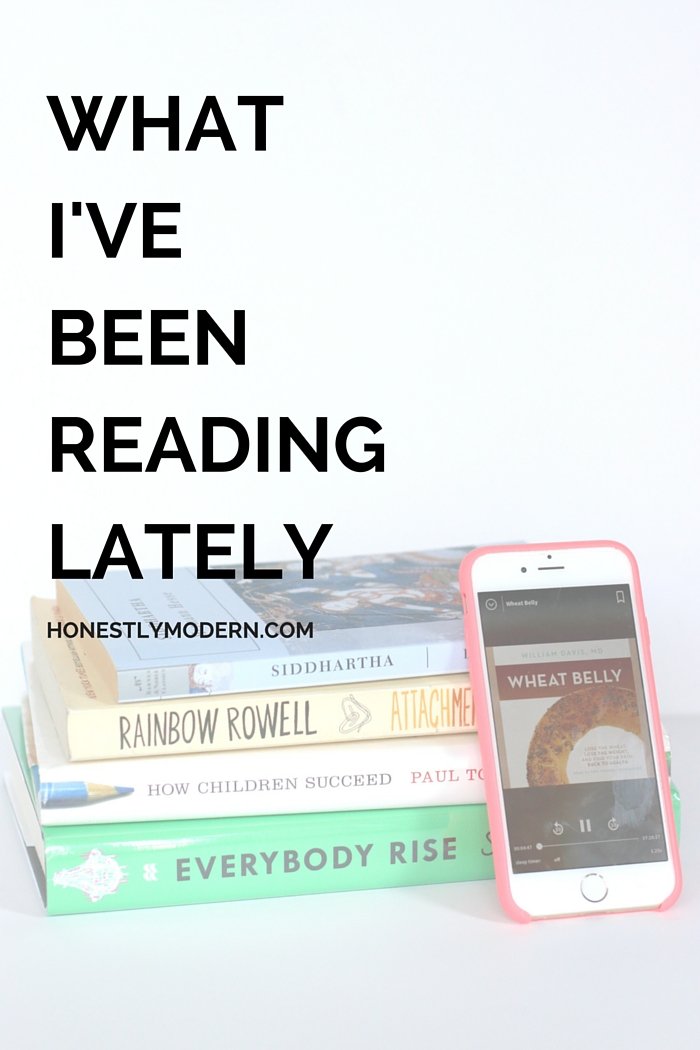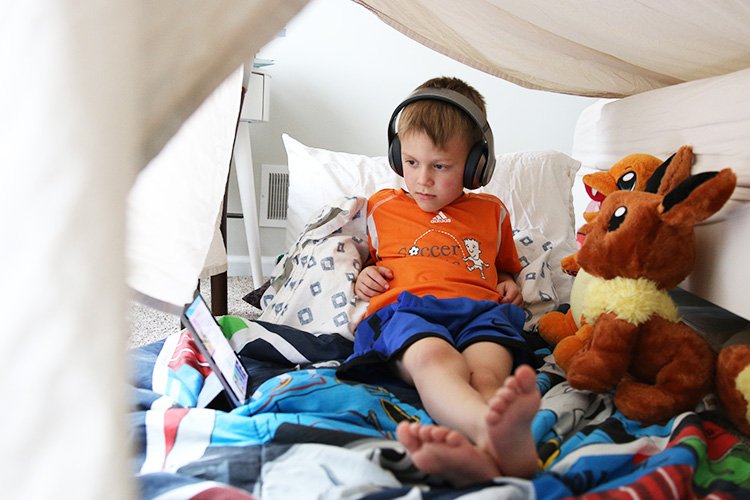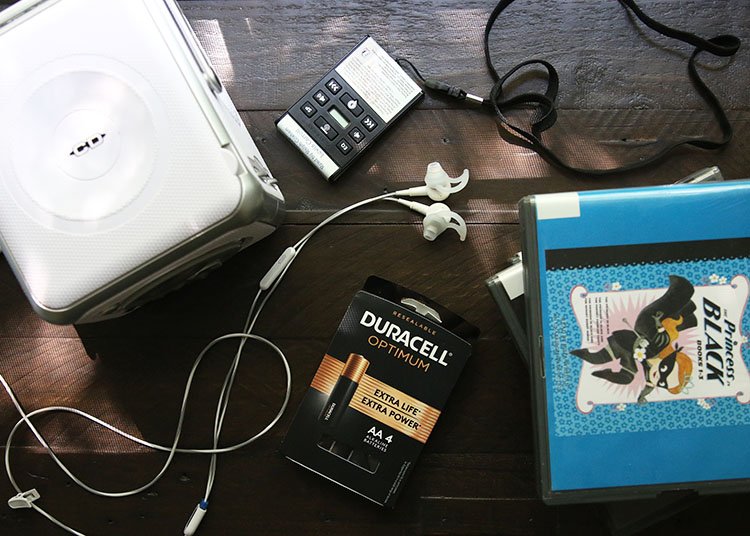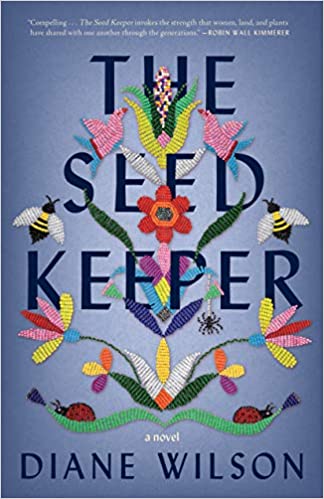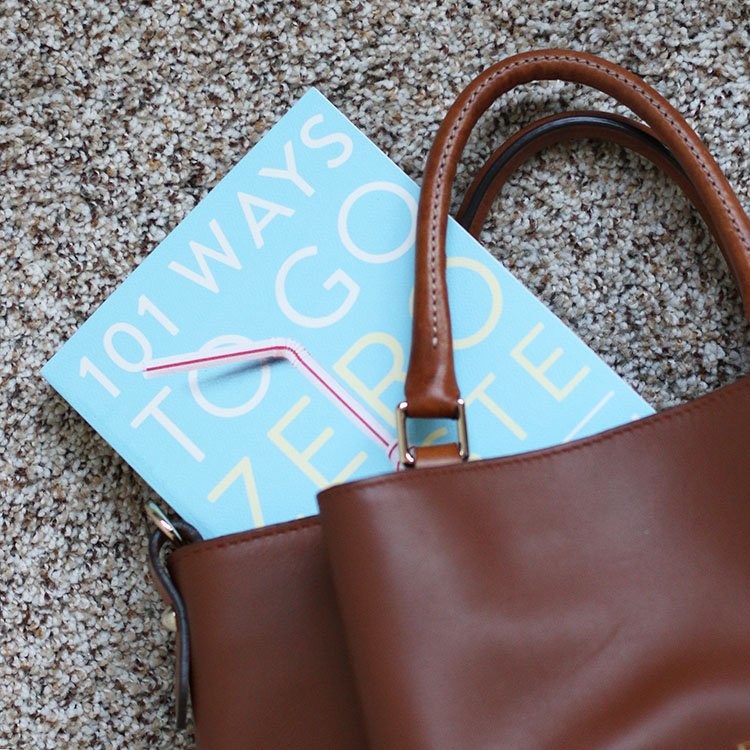Responsible Production & Consumption | Picture Book List For United Nations Sustainable Development Goal #12
Picture books are a great entry point to many difficult conversations with our kids. Read on for more about this creative project to help kids connect with and understand the global social and environmental justice goals as defined by the United Nations Sustainable Development Goals in an age-appropriate way.
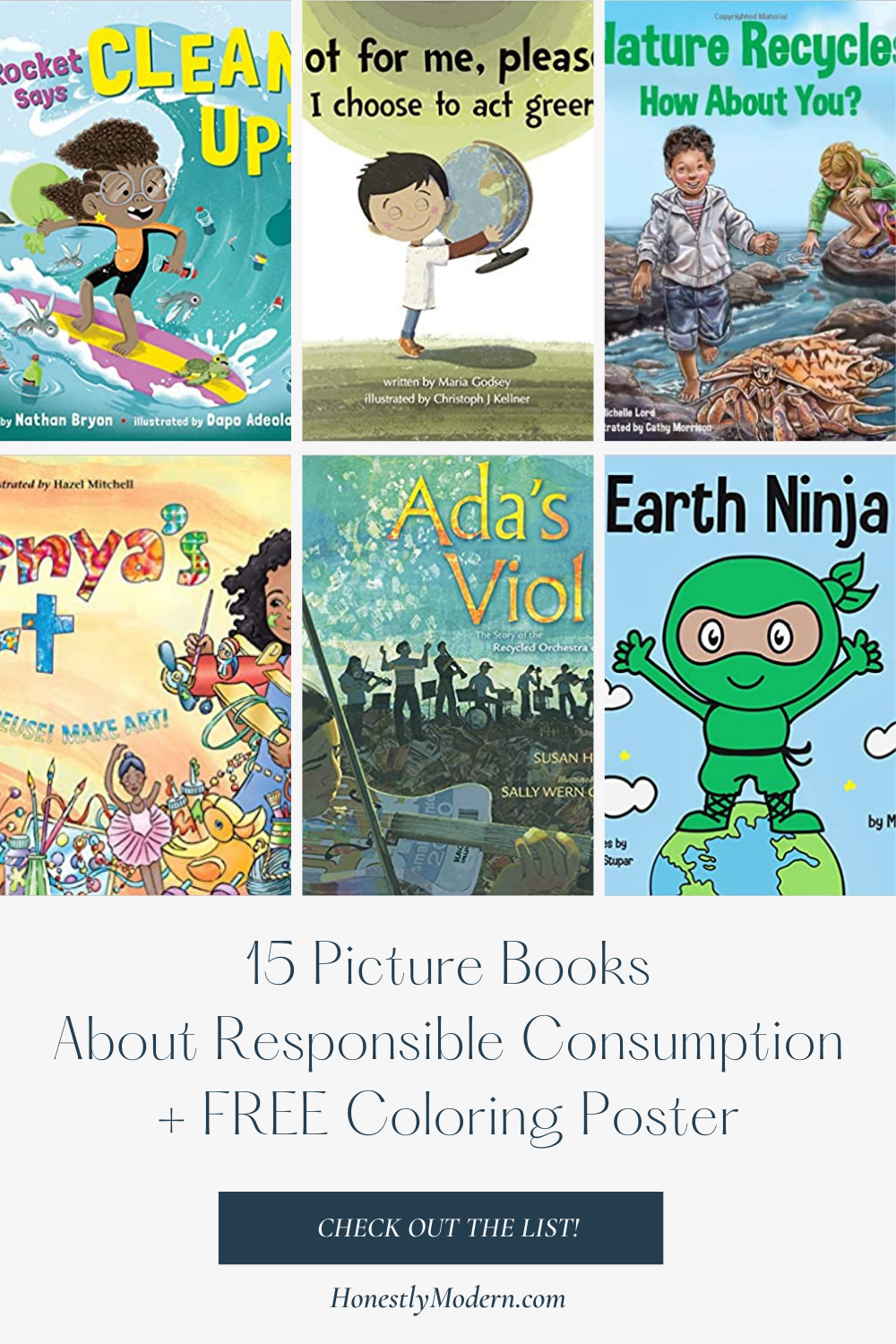
This picture book list is part of a series of picture book lists that align with the United Nations Sustainable Development Goals. We’ve created a picture book list for each of the 17 United Nations Sustainable Development Goals as well as a FREE coloring poster to track progress and explore the United Nations Sustainable Development Goals with kids.
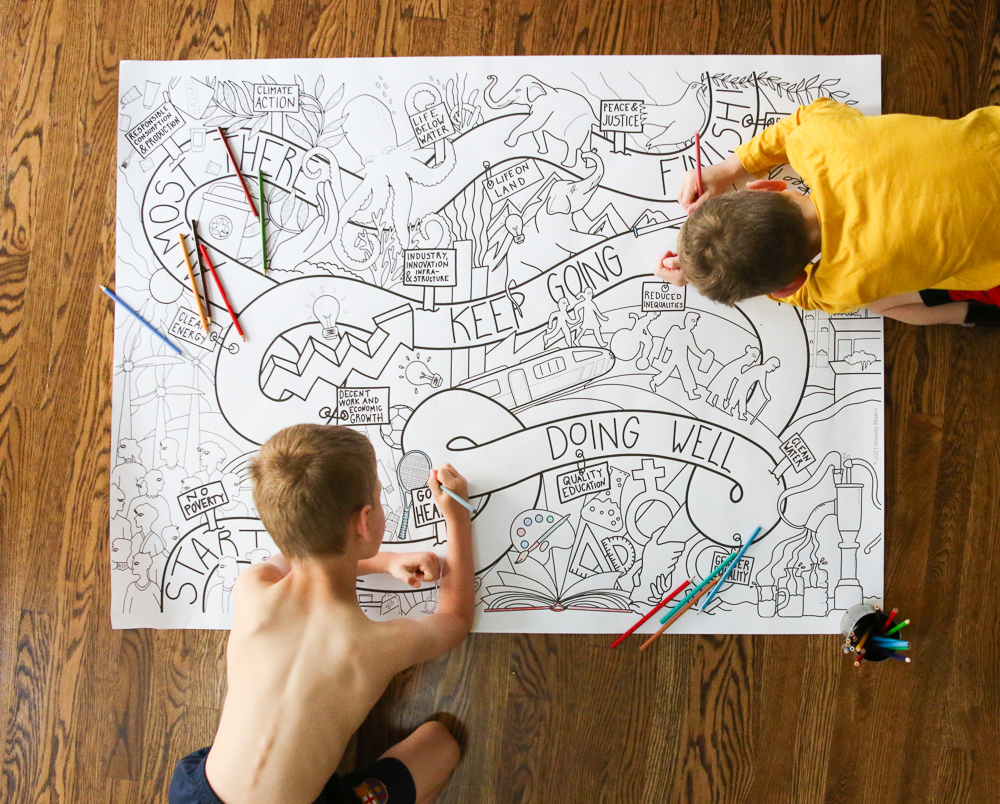
Learn More & Download The Free Coloring Poster
To learn more about the FREE coloring poster and see all 17 picture book lists, head to the United Nations Sustainable Development Goals Coloring Poster and Picture Book List homepage. Alternatively, simply sign up for our email list below and receive a link to download the FREE coloring poster.
What Are The United Nations Sustainable Development Goals?
In 2015, the United Nations adopted 17 Sustainable Development Goals (SDGs), a collective framework for peace and prosperity for people and the planet, now and into the future. The Sustainable Development Goals have broad intentions to end poverty and other deprivations while recognizing the need to simultaneously improve health and education, reduce inequality, spur economic growth, and tackle climate change.
Responsible Production and Consumption | United Nations Sustainable Development Goal #12
The United Nations seeks to encourage responsible production and consumption models and behavior around the globe. This includes reducing chemicals and waste, increasing recycling and circular consumption, creating industries that do not overuse the planet’s resources, and more.
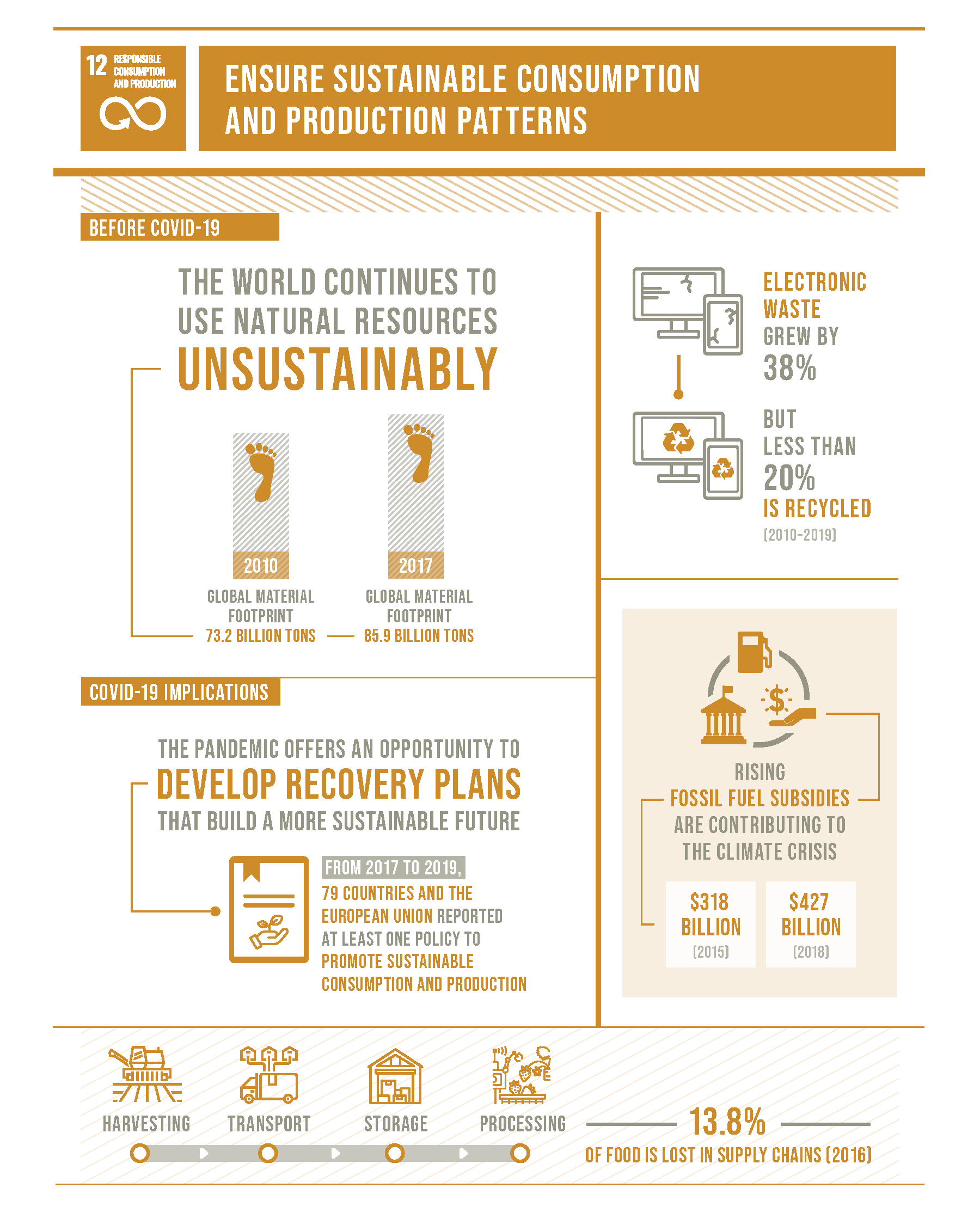
A Note on Buying and Borrowing Books
We include affiliate links to books we recommend. If you purchase through one of these links, Honestly Modern earns a very small commission that has no impact on your purchase price.
If you can find the books from your local library, from a friend, at an independent bookstore, or through a used book shop, those sources are ideal. Using the library is zero waste, saves money, and saves space in your home because you can read all the books without storing all the books on your bookshelves. If you’re not sure of the best way to use your local library, check out these tips to make the most of your local library. With a little exposure, your kids will learn to LOVE the library!
If you prefer to listen to audiobooks, we recommend using Libro.fm, our favorite audiobook app. We’ve tried several audiobook apps and love that Libro.fm supports independent bookstores and offers a great user experience.
Picture Books About Responsible Production and Consumption
This list of picture books about responsible production and consumption includes a host of titles that cover topics like reusing and recycling the things we already have, reducing our waste, and making more sustainable choices about what we buy and use.
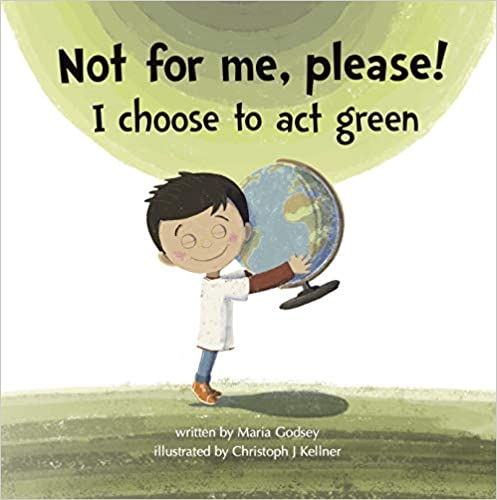
Not For Me, Please! I Choose To Act Green by Maria Godsey
Join Luke on his journey to protect what he loves with this engaging children’s picture book about sustainability and acting green. After noticing the damage caused to the environment and animals due to trash and waste, Luke decides to take action. He believes he can have a big impact on the world around him and invites his readers to join him!
Using his phrase, “Not for me, please”, Luke role models how children can harness their inner superhero and help protect the environment. He introduces the concept of Recycle, Reduce, and Reuse through relatable examples children can understand. The rhyming story is catchy and the illustrations are captivating.
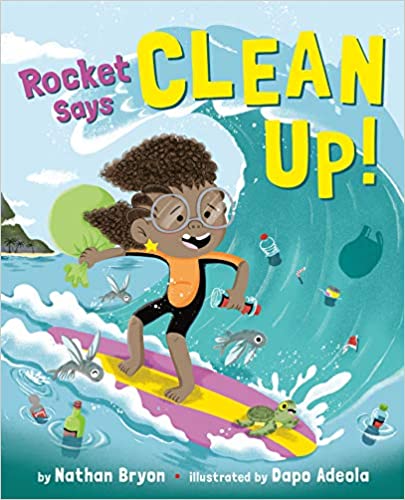
Rocket Says Clean Up! by Nathan Bryon
A young girl heads to the beach in Jamaica with her family, excited to see her grandparents and surf the waves. When she arrives, she finds the beach covered in plastic. She encourages everyone to help her clean up the beach and reminds readers that we need to take care of our ocean by being mindful about our waste and where it ends up.
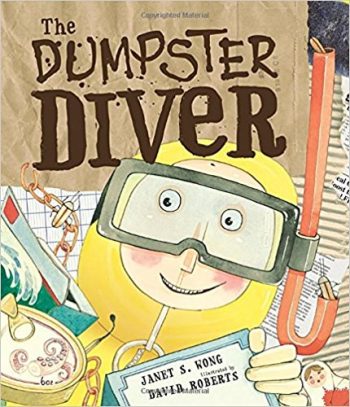
The Dumpster Diver by Janet S. Wong
Three young friends living in an apartment building befriend a fellow resident who dives through the dumpster routinely to discover treasures that other people considered trash. With him, they learn to look at trash in new ways and use it to build new things that are very useful to them. My boys love this book because it’s a fun read, and I love that it sends such a great message about reconsidering what is really trash and the value of something that someone else may no longer love.
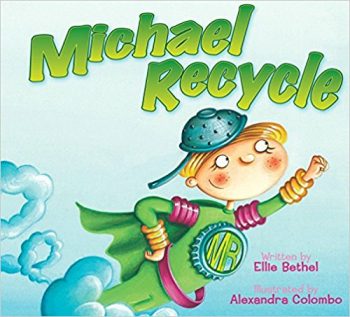
Michael Recycle by Ellie Bethel
Dressed in green, Michael Recycle is a kid superhero that travels to a town full of filth. He teaches the town residents how to recycle and, more importantly, why it’s so important. He encourages the town to take ownership of the cleanliness of their town and, ultimately, is no longer needed because the town is so clean and everyone recycles. With bright, colorful pictures, and written in rhyme, this is a cute story that highlights the community-building benefits of recycling.
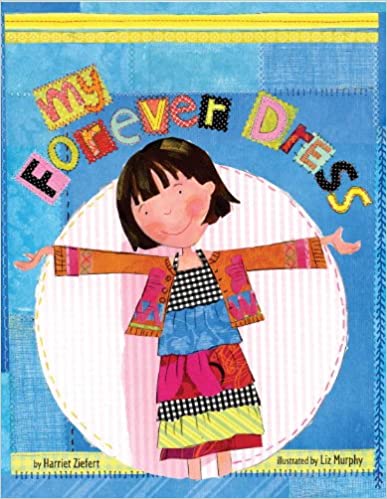
My Forever Dress by Harriet Ziefert
A little girl and her grandmother make a special dress for her when she is six. As she gets older and grows, the girl and her grandmother take the dress apart and reuse the pieces to make a new special dress. They don’t want to waste any fabric in order to help the environment and not create additional waste. When she gets too big for the dress, she passes it along to her cousin who can wear it for many years. This is a sweet book that highlights a special relationship between a girl and her grandmother as well as touches on the importance of limiting waste and making the most of the things we already have.
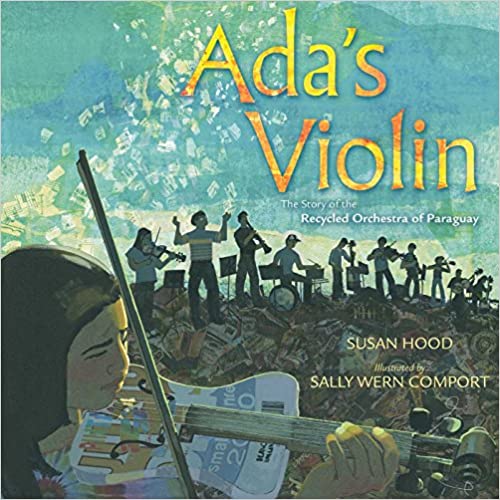
Ada’s Violin: The Story of the Recycled Orchestra by Susan Hood
In the underserved community of Paraguay and based on a true story, a little girl dreams of playing music. A man comes to town to teach music lessons, but he and the children realize the children can’t bring the instruments home to practice or they will be stolen. With incredible ingenuity, they use items found in the nearby landfill to make instruments for everyone who wants to play in the orchestra. The children learn to play using these instruments and become a well-known orchestra that even travels to other countries to play. It’s such an amazing glimpse into life in an impoverished community and a great reminder that so many things can be repurposed to become something useful and beautiful.
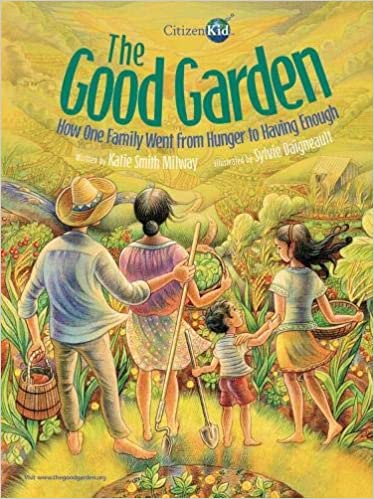
The Good Garden: How One Family Went From Hunger To Having Enough by Katie Smith Milway
One family living in a small village does not have enough food or money, so the father must leave to go find work. The family gets much of their food from a small piece of land next to their home. At school, a new teacher arrives and teaches the older daughter about composting and other practices to increase the health of their soil and the output of their land.
These new practices greatly increase the health and wealth of the garden, even giving them enough food to sell some extra items at the market. The money from the extra food is enough that her father no longer has to leave for work and they get plenty of food from their own garden to feed their family. A small change in teaching the local villagers more sustainable farming methods transform the prosperity of their families.
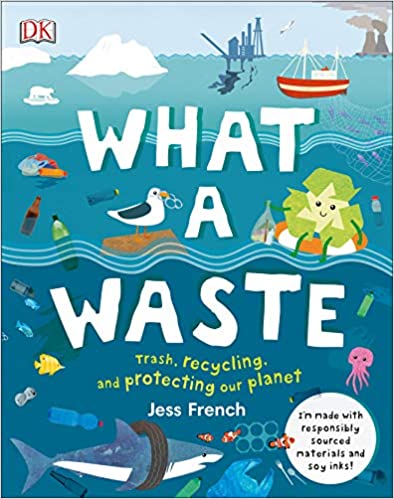
What A Waste: Trash, Recycling, and Protecting our Planet by Jess French
This book is a really great introduction for kids to learn about all the ways our waste is building up around the world and creating environmental issues. It’s a non-fiction book with each page spread highlighting a different issue related to waste with plenty of corresponding pictures and diagrams. It’s a great book to have at home and read over time together.
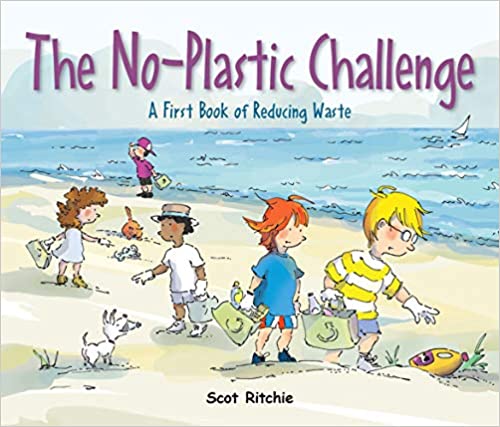
Join The No-Plastic Challenge: A First Book of Reducing Waste by Scot Ritchie
In this story, five friends join together to have on No-Plastic Day. As they go about their day together, they realize how much plastic we have in our lives, where it comes from, why it’s accumulating around the world, and how we can help reduce the unnecessary use of plastics in our everyday lives.
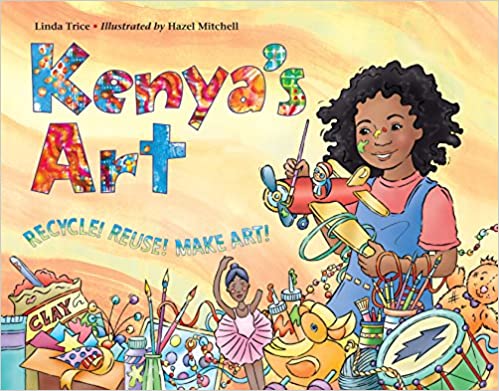
Kenya’s Art: Recycle! Reuse! Make Art! by Linda Trice
Unsure of how to spend her spring break, one little girl visits a local museum and learns that old things can be used to make new art. She and her family use broken toys to make useful objects and to create pieces of art to share with her class at school.
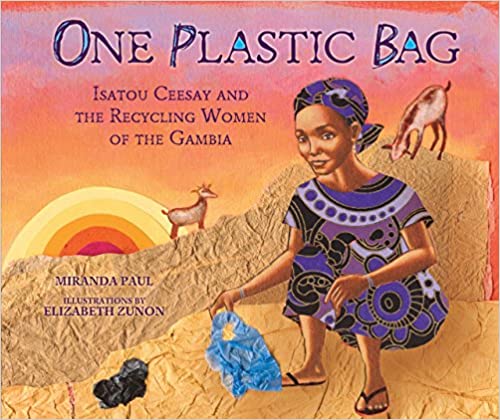
One Plastic Bag: Isatou Ceesay and The Recycling Women of the Gambia by Miranda Paul
One woman notices that her community is starting to use more and more plastic bags and containers. In the past, when their basket and carriers were made from natural materials, those carriers were left on the ground to decompose when they were no longer functional. Community members begin to also leave their plastic bags lying around the ground.
The woman notices these do not disappear or decompose but just collect over time. She decides to pick them up and starts using them to make small purses to sell at the market. Through her efforts, she helps clean up her community and create economic opportunities for women in her area. Based on a true story, it highlights the impact one person can have on the well-being of a village or town.
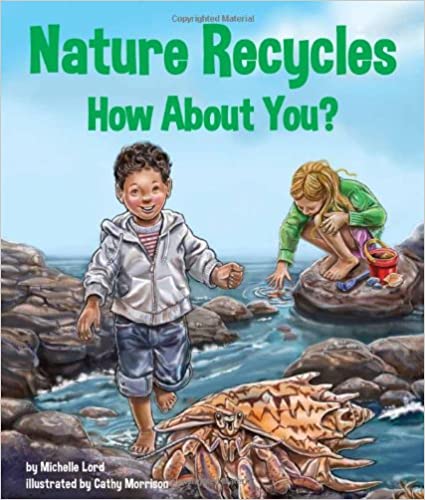
Nature Recycles How About You? by Michelle Lord
So many animals recycle in nature as part of their lifestyle. This book highlights several animals and how they recycle to find safety, make a home, and more. With each feature, it reminds readers to think about how they recycle in their own lives and how we can mimic the power of nature.
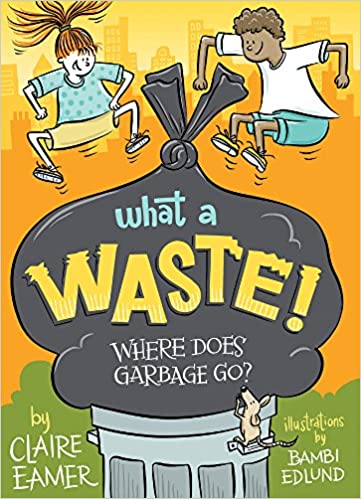
What a Waste! Where Does Garbage Go? by Claire Eamer
Where does our trash go and how can we reduce how much trash we create? This book takes the reader through a detailed journey of what happens to our trash. It has many excerpts with ideas about how to reduce the amount of trash we create by reusing materials and being more thoughtful about our consumption. This is a chapter book that feels more like a resource guide and is great for elementary or even middle school readers. (Or adults… I found it pretty interesting as well!)
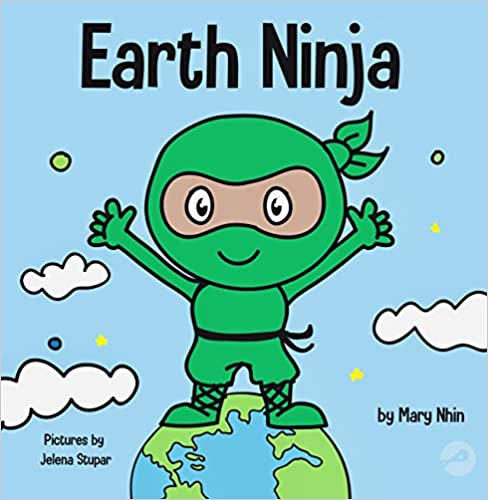
Earth Ninja: A Children’s Book About Recycling, Reducing, and Reusing by Mary Nhin
Earth Ninja shows his friend how one little ninja can make a difference in the world by practicing three simple life habits. Find out what happens in this fun book about the impact we each have on the earth.
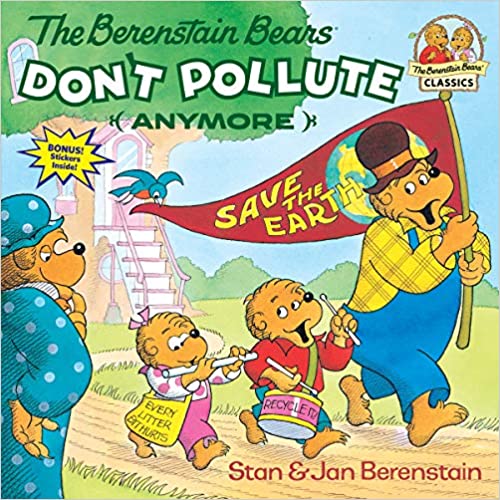
The Berenstain Bears Don’t Pollute Anymore by Stan & Jan Berenstain
The Bear Family doesn’t realize just how much pollution is hurting our world and the plants and animals that live on it. After reading an article about it, they begin learning more and decide to become advocates in the community for taking better care of the planet.
Do you know if there are other books about responsible consumption in our communities? If so, leave them in the comments!
And if you have not done so already, be sure to check out the other booklists aligned with the United Nations Sustainable Development Goals and print out the FREE Coloring Poster!
